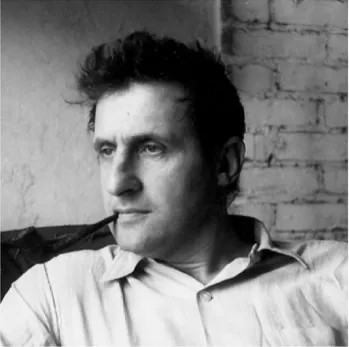
Paul Georges
Paul Georges fearlessly delved into various genres, encompassing narrative painting, self-portraiture, still life, landscape, and political allegory, ultimately crafting a highly distinctive style.
Biography of Paul Georges
Paul Georges was a remarkable artist born in 1923 in Portland, Oregon. He rose to prominence in the mid-1950s as one of the New York School artists. He studied under Fernand Léger and Hans Hofmann, aiming to infuse the vigor of Abstract Expressionism into representational painting.
The 1960s marked a pivotal turning point in Georges' career. Initially drawn to Cézannesque figure composition, he felt compelled to respond to the social and political turbulence gripping America at the time. During this time, he created his first overtly political work, depicting JFK's tragic motorcade in Dallas. This experience led Georges to embrace the grand scale of history painting as a means to shed light on critical issues in society, politics, and the world of art itself.
However, Georges' bold approach was not without its share of controversy. He faced harsh criticism from politically conservative critics, even encountering legal challenges in the early 1970s, which he ultimately triumphed over on appeal. Additionally, his work stirred debate due to its stylistic extravagance and unabashed sensuality.
During the 1980s, Georges' diverse approach led him to explore themes related to AIDS and urban homelessness, alongside creating lush allegories featuring muses floating naked in Tiepolo skies.
In the final two decades of his life, he split his time between downtown Manhattan and a farmhouse in Normandy, where he passed away in 2002.
Paul Georges's Art Style
One of Georges' most notable ambitions was to infuse the dynamism of Abstract Expressionism into the realm of representational painting. Fearlessly, he embarked on a creative exploration that spanned various genres, from narrative painting and self-portraiture to still life, landscape, and political allegory.
As one of the leading figures in American figurative painting, Georges often found himself at odds with the prevailing artistic trends of his time. Yet, in hindsight, his unique and humanistic approach to painting is more relevant than ever. Georges' paintings, infused with political commentary, are inseparable from his deep connection to the rich tapestry of art history. They draw inspiration from the compositions and motifs of artistic giants like Brueghel, Goya, Courbet, Manet, and Ensor, all executed with his signature bravura style.
Years:
Born in 1923
Country:
United States of America, Portland, OR